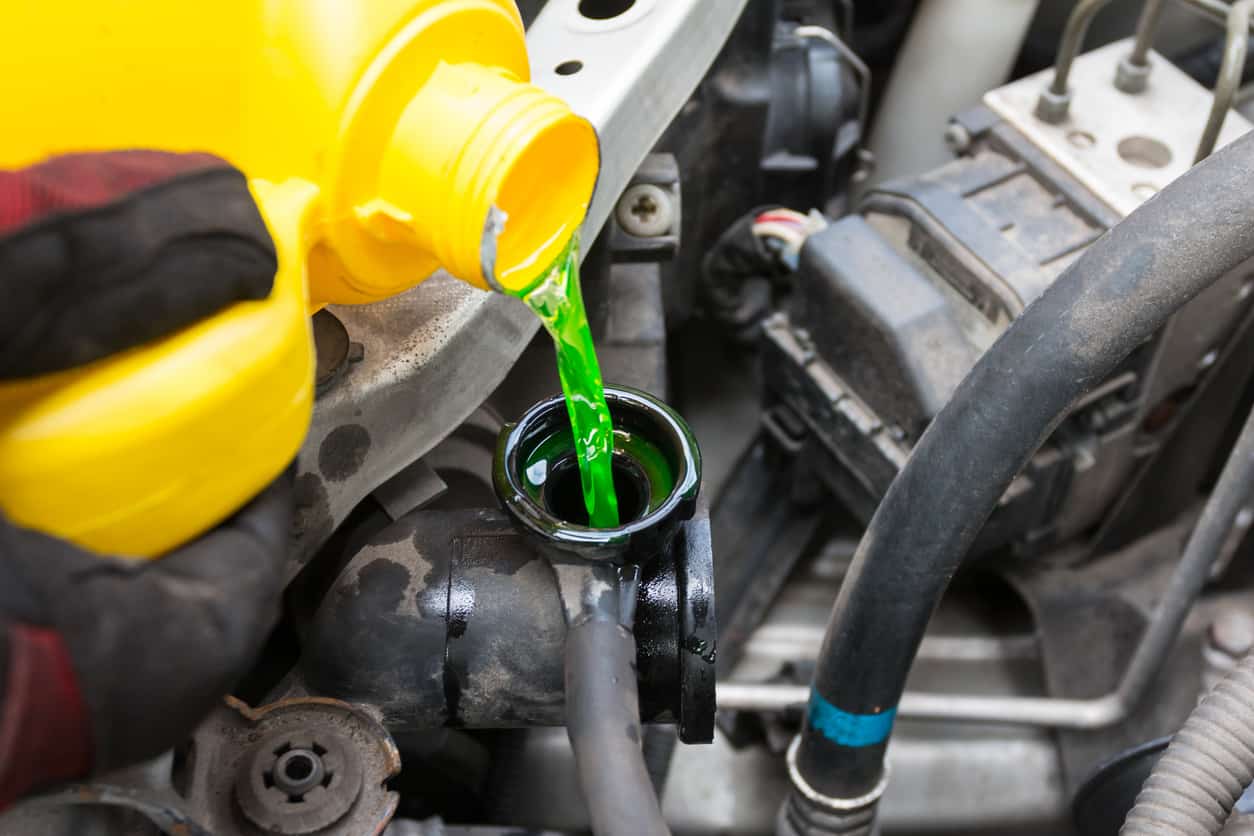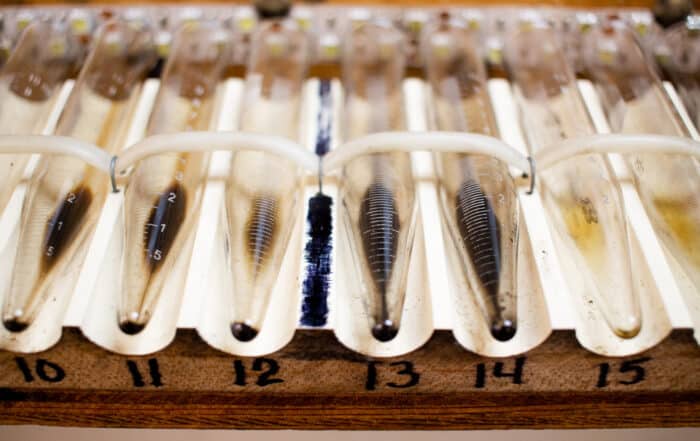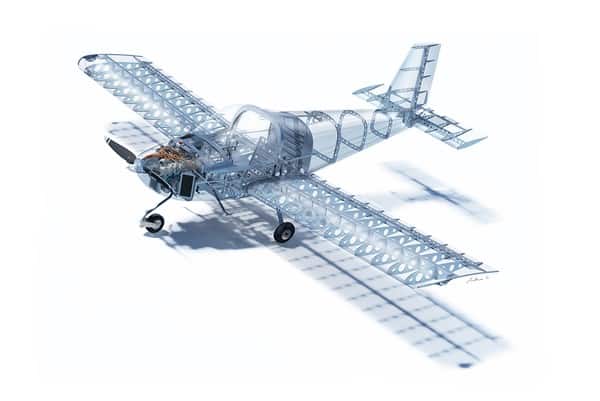Antifreeze: The Silent Killer
How exactly does antifreeze hurt engines?

After analyzing engine oil for 30 years, I can safely say the thing that kills more engines than any other is antifreeze seeping into the oil. We call it the “silent killer” since there is normally no indication this dreadful contaminant is about to strike until after the damage is done. Neither you nor your mechanic can see it in the oil. The dealer won’t know it’s there.
We like to say engines speak before they fail, but in this case, you aren’t likely to hear much of anything until you hear just about the worst sound an engine can make. Oil analysis is the only way of knowing this sneaky killer is closing in on you. We can see it in the oil at a trace level, long before any harm is done.
We call people daily to let them know anti-freeze contamination is about to ruin their day. A typical reaction is, “What? That engine is running fine!” And they are right—the engine will, in most instances, run perfectly well until a bearing spins, oil pressure drops, and the engine destructs to the point of no salvation.
Some engine configurations are more susceptible to the problem than others: V-6s and V-8s for instance, are perhaps more prone than other engines. But no engine is immune (except air-cooled engines!). One would think that after 100 years of building engines, the automakers would get it right. To my knowledge no one has.
The problem with design
The engineers who design engines do a marvelous job of building lighter, more efficient and faster engines. But for every step forward in the process, there are compromises.
Building lighter engines necessitates working with new alloys for the various parts that are bolted together. Gaskets are used to seal between the parts. To get an engine perfectly right, they have to use parts that expand and contract with heat at the same rate, and gaskets that are hardy enough to seal well even after they age and suffer millions of heat cycles. You can imagine the engineers tossing in their sleep while wrestling with this dilemma.
A classic example of the problem was a Jaguar in-line 6-cylinder engine I once owned. I loved that engine with its long, high-end torque curve and mellow growl. It was probably the first duel overhead cam design that managed quiet chains in the days before belts were used. But for all its wonderful assets, there was this one drawback: they used an aluminum alloy head on a cast iron block. If you managed 50,000 miles on a head gasket, you were a very fortunate person.
With an in-line design, the anti-freeze contamination usually develops at the head gasket. With the V-designs, a more common source of the problem is intake manifold gaskets.
The manifold gasket supports the air/fuel system mechanism and straddles (and is bolted to) the heads. You can imagine the complexity of the problem of heat cycles. Block expansion forces the heads up and away from the crankshaft. The lowly intake manifold is not in a position to move in concert with the expansion. It would be like trying to ride two horses standing on the two saddles.
The result of this set-up is that intake manifold gaskets fail. Antifreeze starts seeping into the oil. It often takes quite a long while before the problem manifests itself in a failure, but it can also happen quickly. Since there are usually no obvious symptoms of the problem, the unwary engine owner usually drives the engine to oblivion.
Another common question we hear is, “How long until it fails?” Unfortunately, it’s impossible to predict how long an engine with an antifreeze problem will last. Many variables factor into the equation: the type of engine, how it’s driven, the environment it’s operated in, and—the most unpredictable of all—Lady Luck. Some people can limp along for ages with a slight trace of coolant that never turns into anything serious. Others turn up a trace and then WHAM! Faster than you can say “spun bearing” the engine fails.
Don’t quote me on this, but if I had to estimate the severity of the problem in car and truck engines today—judging from our oil samples—I would suggest 1–2 % of the cars and trucks in the road today are in the process of failing from antifreeze contamination of the oil. Fortunately, most antifreeze problems can be detected early with oil analysis, and in most cases we can save the engine before a failure. We would like to save all of them. But we can’t save anything until see the oil from it.
Related articles
Insolubles in Aircraft Oil
What are insolubles & why do they matter?
How Often Should I Change My Oil?
There's not one answer - the best oil change interval depends on many factors
The Acidity Question
Does acidity matter in aircraft oil? We experiment!
Building an RV-12 (Part 3)
The third part in my experience building an airplane







